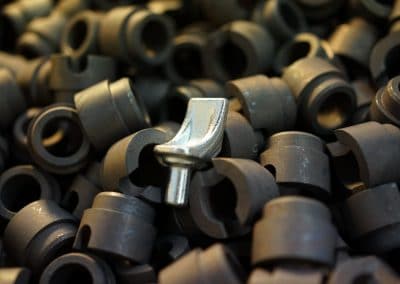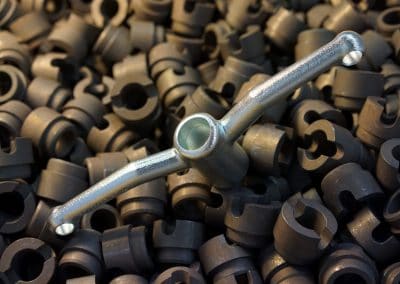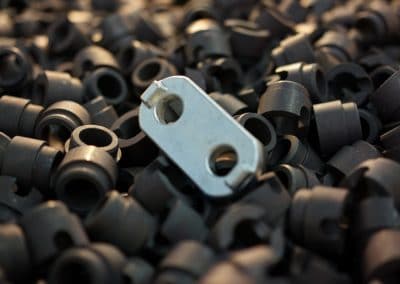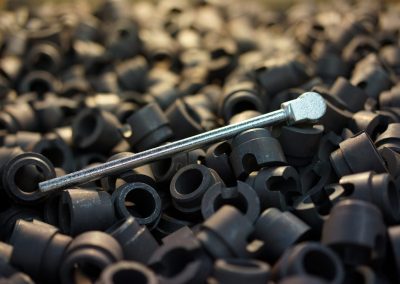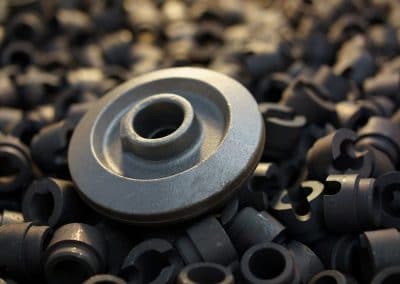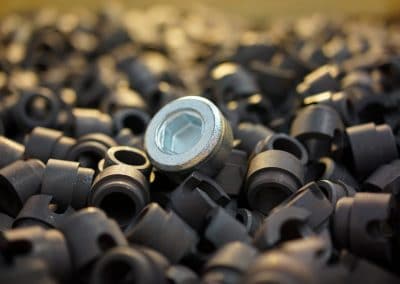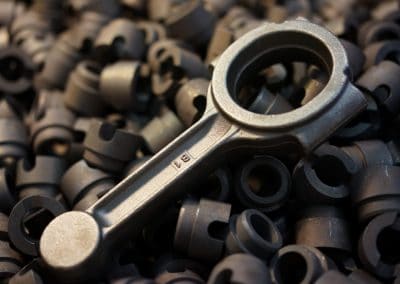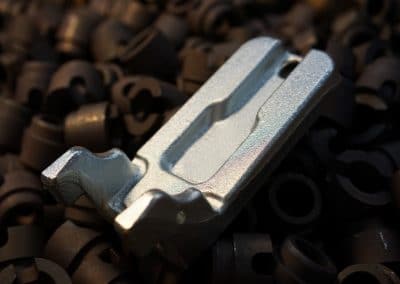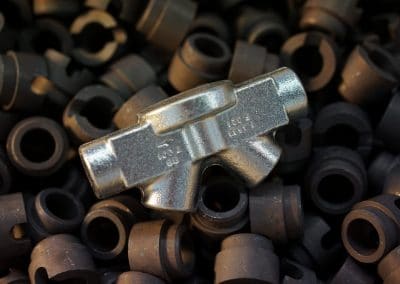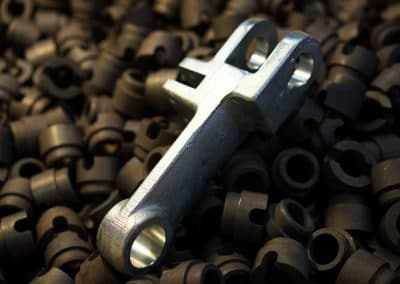What does forging stand for?
Forging is a process of forming metals or alloys under high pressure with a transformation of the cross-sectional shape.
Usually, if you hear about forging, you think of forming red hot iron with a hammer and ambos.
This principle of forging is still used today, but for industrial production by means of high-efficiency machines. On hammers and presses with unimaginable force forging parts with weights up to several tons can be manufactured.
Most of the forgings are manufactured in dies (closed die forging). These dies normally consist of a two-piece hollow form, in which the counterpart of the final forging is machined – if possible one half of the article is formed in one of the hollow forms, the other half in the other.
The machines “press” or “hammer” the material into these hollow forms. Most of the time the material is pre-heated.
At open die forging no tooling is used. The material is pre-heated and then formed manually or by machines. With the support of manipulators articles with a weight of several tons are possible.
Other forms of industrial forging are ring-rolling and extrusion.


Which advantages do forgings have?
A special advantage of forgings is the saving of raw material, for example in comparison to a pure machining process out of full material.
Additionally, the grain flow of the material is still preserved, which result to very good mechanical properties. Amongst other things forgings have a high resilience and dynamic load capacity.
Therefore, forgings are especially used in critical applications. Forgings, for example, can transfer sudden peak stress by plastic deformation.
If required, forgings can still be improved by well-directed heat treatment.
Furthermore, in combination with other processes, for example forging and calibration, high dimensional accuracy can be achieved. Then an additional machining process can possibly be avoided.
Following materials are usually manufactured:
Nearly all kind of metals and alloys are forgeable. Especially steel and stainless steel is forged, also high alloyed steel.
Another common material for forging is aluminum, which is characterized by good strength in combination with a low specific weight. For example, a lot of aluminum articles are used in machine construction, aerospace and automobile industry.
Amongst others, additional forging materials are copper, brass and nickel.
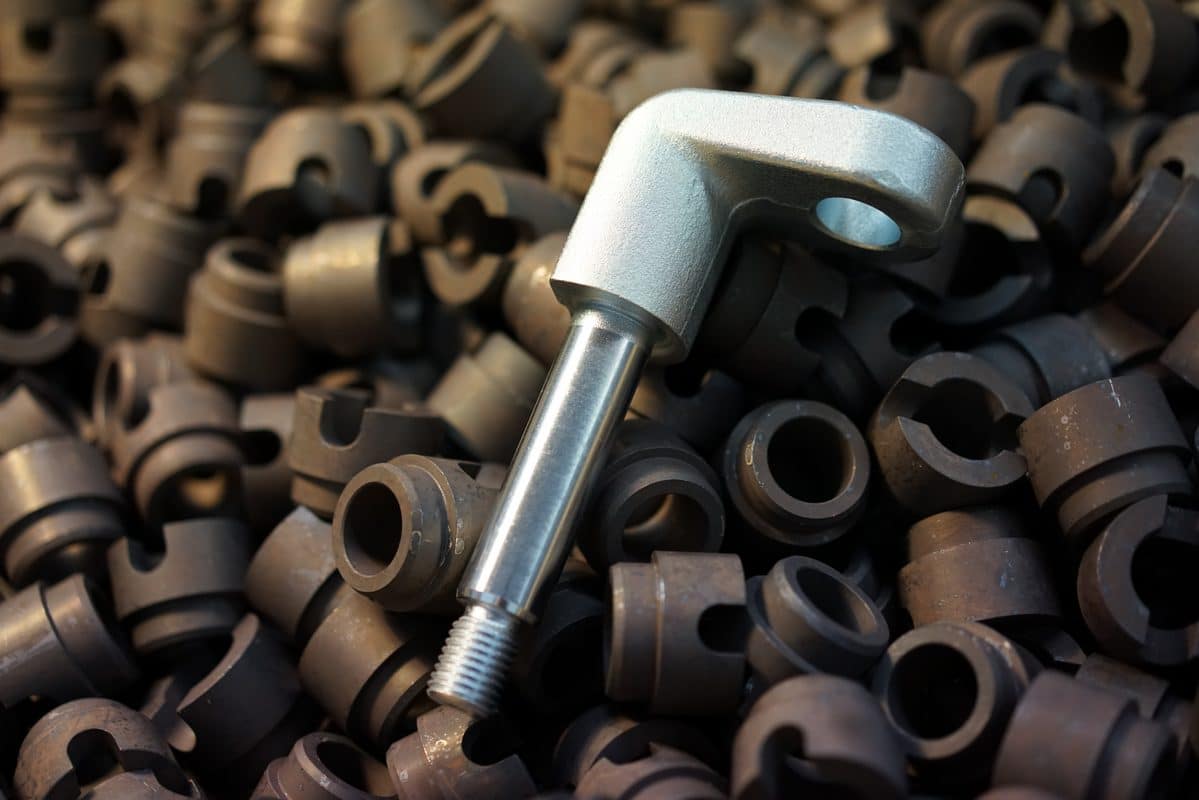
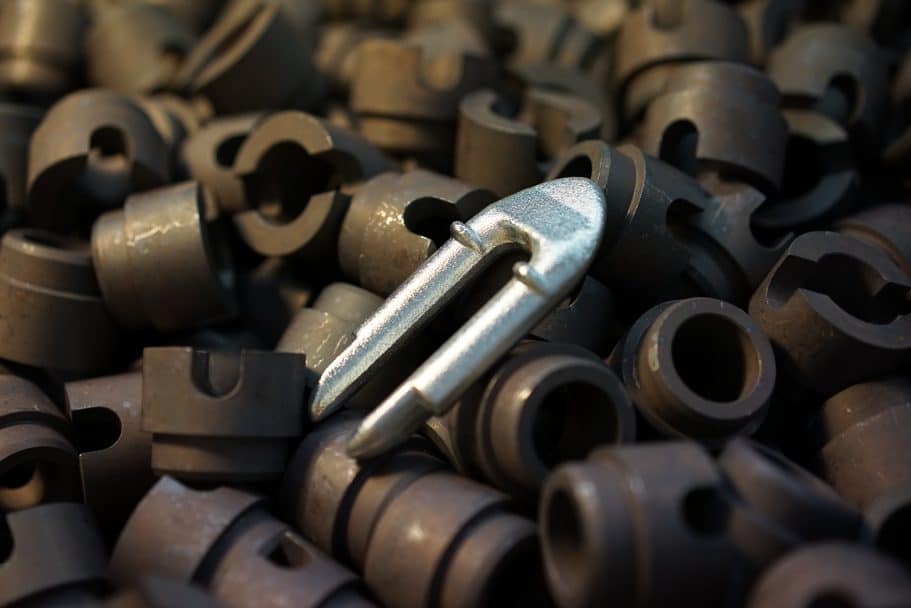
Warm- and cold-forging
At warm forging the material is pre-heated to a temperature above the recrystallization temperature. But in comparison to casting the material is still solid. When the material is warm, less force for forging is required.
The cold forging is done below recrystallisation temperature. By this forming process close dimensional tolerances are applicable, in combination with a high tightness. There is no scaling within the manufacturing process.
Applications
Usually, forgings are used in highly stressed applications, especially if good mechanical properties, like strength, robustness and tightness, are required.
Typical industries for the usage of forgings are aerospace, machine construction, commercial vehicles, automobile and agriculture.
Some typical examples for forging parts are gear parts, parts for soil cultivation or towing hitches.

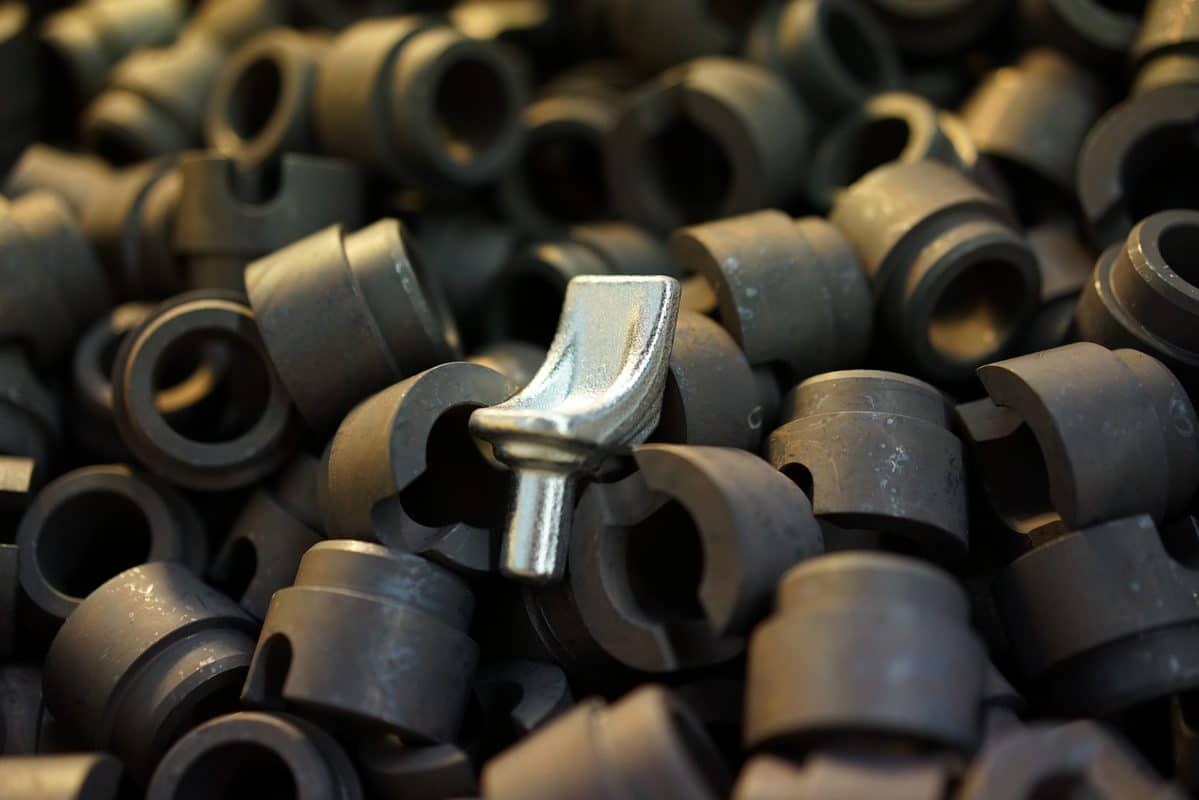
Finishing treatments
After the forging process, most of the times the parts will be heat treated (amongst others normalized, quenched, tempered, annealed or hardened) and then blasted by steel balls.
Furthermore, a machining process archives more accurate tolerances and a coating a more wear-resistant surface.
Contact our right contact person!

